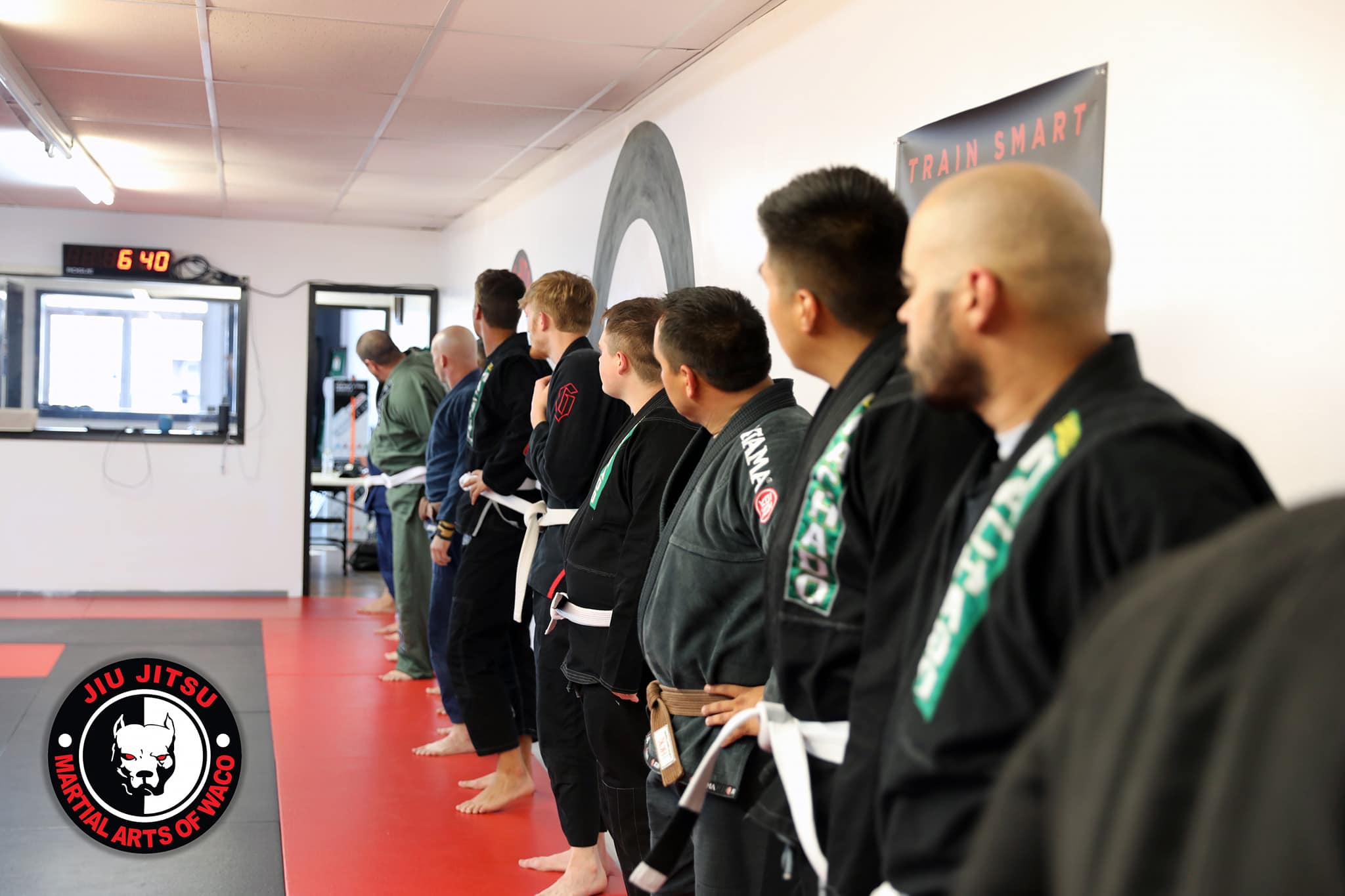please check out Friends at https://www.clubhtk.org/events
INTRO TO THE “COMBAT MINDSET”
What that means…
The Combat Mindset is an awareness of what’s required to overcome an adversary so you may inflict your will on the circumstances, combined with a willingness to do so. Those who master the Combat Mindset understand themselves as well as their [likely] enemy and the challenges they may face. In The Art of War Sun Tzu wrote, “If you know the enemy and know yourself, your victory will not stand in doubt…” With that knowledge you can channel psychological strength to empower physiological Fight or Flight responses.
Wild animals aren’t dangerous because they are wild. They are dangerous because they are ready and willing to do what it takes to eliminate a threat. The difference between us and them is we can plan, train and equip ourselves to overcome any adversary. We can make ourselves hard to kill!
Why that mindset matters…
If you are attacked, it is likely to happen unexpectedly and unprovoked. [If you’re out looking for a fight, you’re part of the problem.] By the time you are reacting to an aggressor, they have already made the decision to attack…you are already in a fight. Being attacked is an emotional experience. Preparing your emotions to respond purposefully, thus allowing your mind to take your physical abilities to another level, gives you an extraordinary advantage in the Defend mode of the Protective Cycle.
In addition to the tactical advantages afforded by the Combat Mindset if you are required to actively defend yourself, this refined perspective helps you avoid confrontation all together. Sun Tzu wrote, “The wise warrior avoids the battle.” As your perspective becomes more informed, you will become more trusting of your instincts. With that confidence your natural Protective Posture becomes more involuntary and obvious.
Would-be bad guys will take notice. Sun Tzu also wrote, “who wishes to fight must first count the cost.” Your heightened level of awareness helps automatically deter an attack, as they reconsider to seek softer targets elsewhere.
The Combat Mindset allows you to go from being the Warrior in a Garden to a Spartan at Thermopylae in an instant.
How to gain proficiency…
-
Train with people who can beat you.
-
Read books about human nature and our potential for violence.
-
Practice Situational Awareness.
1. Consistent fitness and skill set training are key to surviving a violent encounter. Training with a variety of size, shape and skill-levelled opponents gives you a realistic understanding of your abilities. Drills and other maintenance training keep your “sighting & engagement” system calibrated. Sparring and rolling with stronger, faster or more skilled training partners allows you to keep your perspective calibrated.
Training to the point of failure…to the point of losing…allows you to better understand when you are in an in extremis* situation. Training to the point of failure helps clarify when it’s reasonable and necessary to escalate your Use of Force.
2. There are a number of books, papers, videos and other publications to help inform your perspective and shape your Combat Mindset. The list could be near endless. Here are five books we suggest to being or enhance your journey:
-
Constitution of the United States of America by We the People
-
The Daily Stoic by Ryan Holiday
-
The Gift of Fear by Gavin de Becker
-
On Killing by Lt. Col. Dave Grossman
-
The 33 Strategies of War by Robert Green
A great resource for other book ideas is the Commandant’s Professional Reading List., published by the Marine Corps Association.
3. With an informed perspective, consciously practicing Situational Awareness programs your mind to subconsciously detect threats before they become critical. But if you suddenly find yourself compromised, you can strategize your way through the circumstances by responding appropriately.
Being situationally aware doesn’t mean being paranoid or unreasonably cautious. Being situationally aware doesn’t mean having to always sit with your back against the wall or facing the door.
Being situationally aware means reasonably considering the risks of the given environment and adjusting your Protective Posture to appropriately detect and deter potential threats. At times that could mean sleeping on an airport floor with your headphones in and under different circumstances that could mean Clearing Space with a firearm at the ready.
Situational Awareness starts with recognizing the varied hazards and rating those bases on three factors: Likelihood, Vulnerability and Consequences. You can calculate the Risk Rating for those hazards by assigning the categories a value of 1 – 5 based on your level of exposure and preparedness for each.

Here’s an example of the Risk Rating for a standard young female in America.
*In Extremis : A situation of such exceptional urgency that immediate action must be taken to minimize imminent loss of life or catastrophic degradation of the political or military situation. (JP 3-05) (US DoD) www.militaryfactory.com
